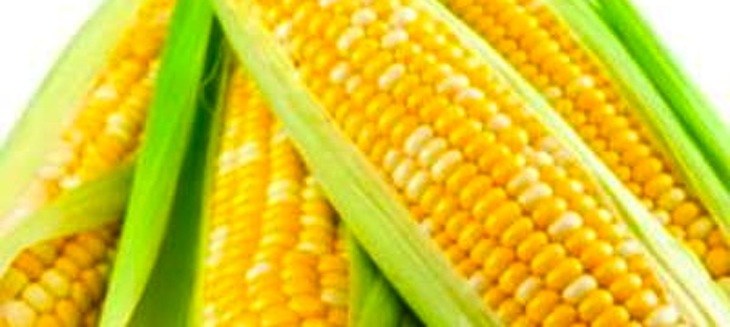Arkansas corn acres up, prices down
by July 16, 2018 6:07 pm 675 views

Corn prices on Monday traded in the $3.30 per bushel range, just 1-cent higher than the yearly low, according to Markets Insider. Prices are predicted to rebound into the $3.40 per bushel range by August, but farmers have little margin for error, Craighead County Extension Agent Brannon Thiesse told Talk Business & Politics.
Thiesse isn’t sure if President Donald Trump’s tariffs are the cause of corn price drops, but it is a concern no matter what the cause, he said. If row crop prices continue to hover in the doldrums it could have a significant impact on what gets planted next year and how many acres in the state will be dedicated to agriculture, he said.
“You’ve got to be on top of your game to make money with prices as low as they are right now,” he said.
Sal Gilbertie, president and chief investment officer at Teucrium Trading, said the tariff issue is depressing ag prices.
“There can be little doubt the U.S.-China trade dispute is one of the reasons grains prices are falling so precipitously, because it is keeping investors on the sidelines while they wait for the dust to settle,” Gilbertie said in this Market Watch report.
Corn is one of Arkansas’ top crops, with state farmers planting 650,000 corn acres in 2018, according to the United States Department of Agriculture’s National Statistics Service or NASS. It’s a 30,000 acre uptick from last year. It costs a farmer on average $655 to plant a corn acre. In 2017, corn farmers in Craighead County harvested 185 bushels per acre, Thiesse said. The county typically has about 36,000 corn acres and corn acres are up anywhere from five to 10% this year, according to NASS estimates.
The recent corn price drops may only minimally impact Arkansas farmers, Thiesse said. Most crops are locked into a contract rate already, he said. But what the low prices could do is encourage farmers to plant other crops next year, he said.
The U.S. is the top corn exporter in the world. U.S. farmers account for about 34% of the nearly $30 billion export corn market, according to the Observatory of Economic Complexity. China only accounts for about 2% of corn imports, but Mexico, another trade war target, imports almost 10% of all corn exports, according to OEC.
The corn harvest is rapidly approaching, Thiesse said. Dry, hot weather has spurred the harvest, but the high temperatures during pollination, could impact yields, he said.
